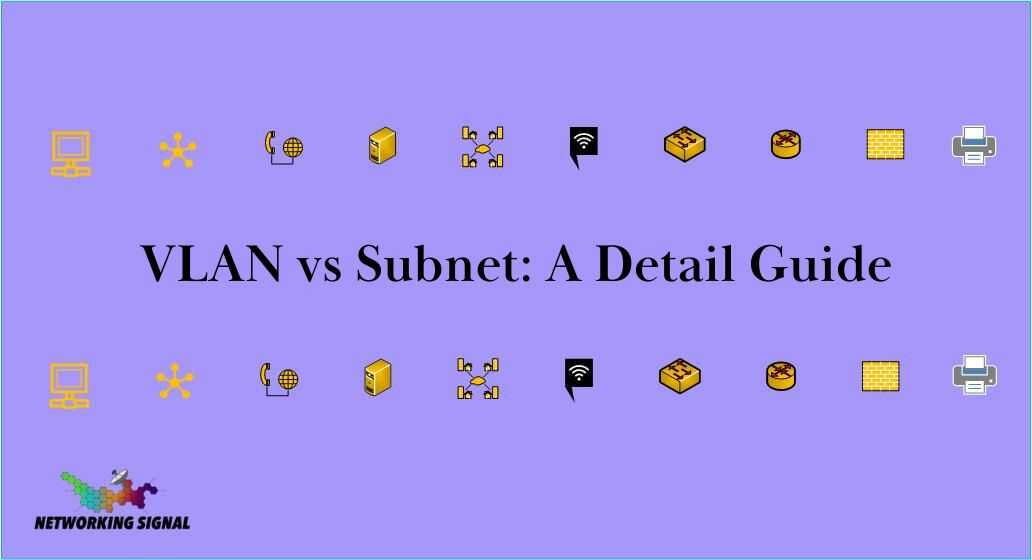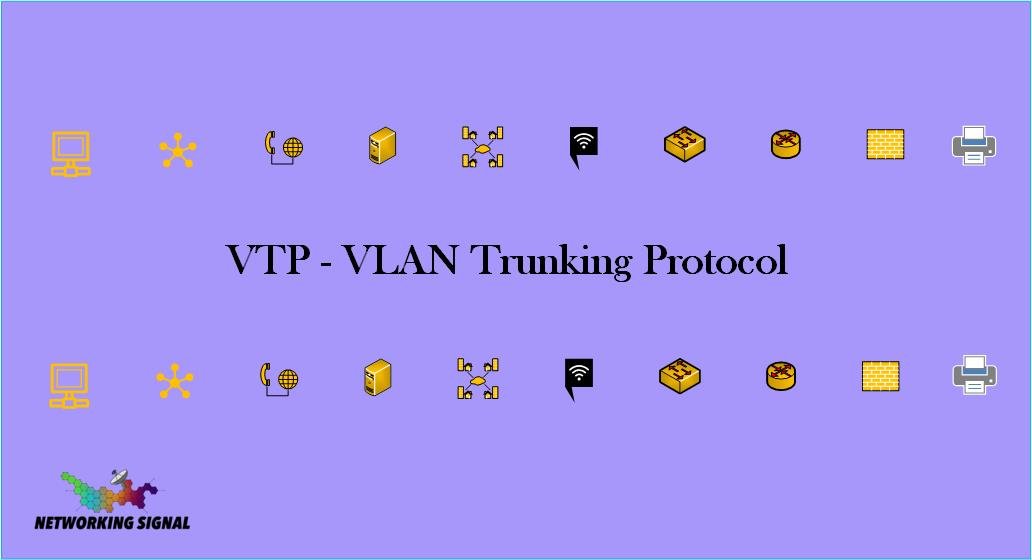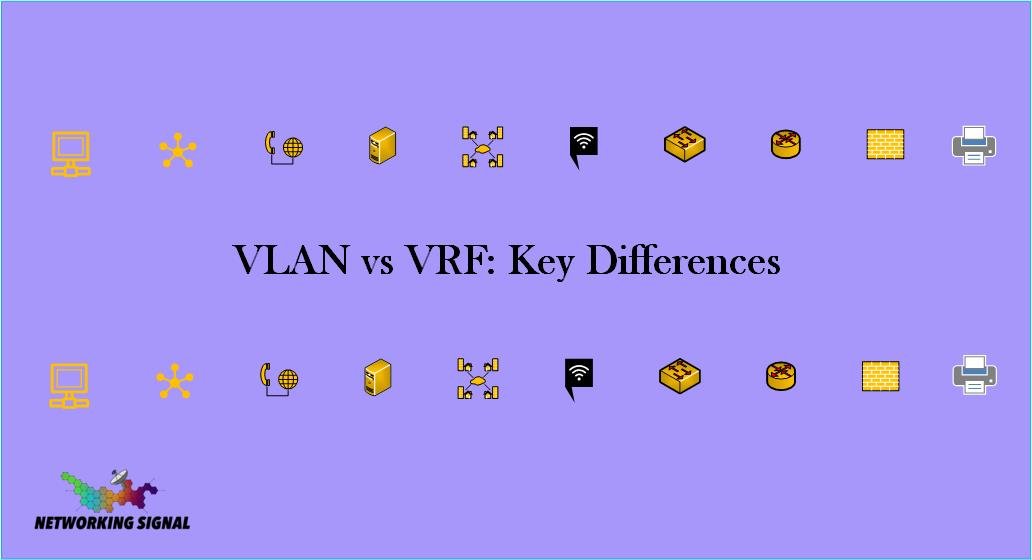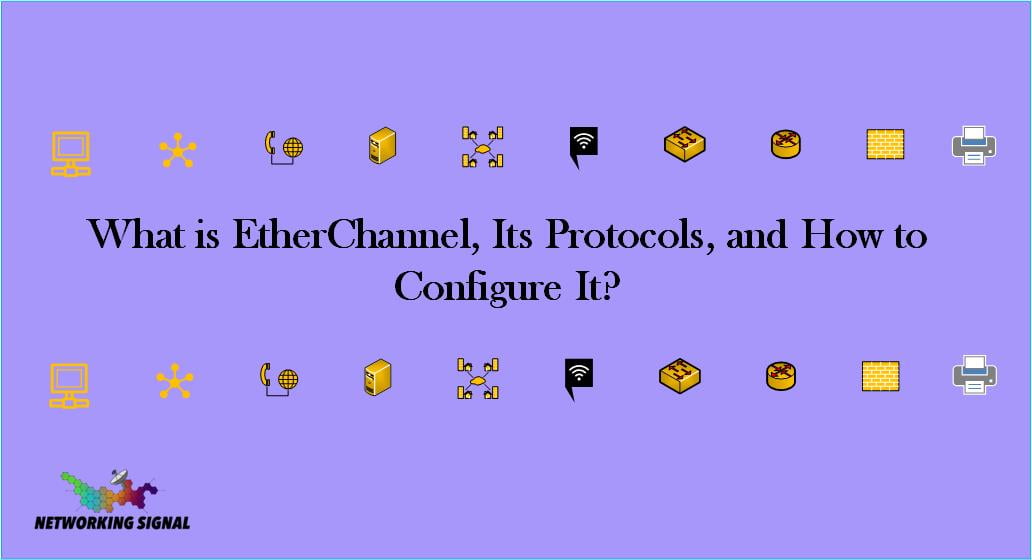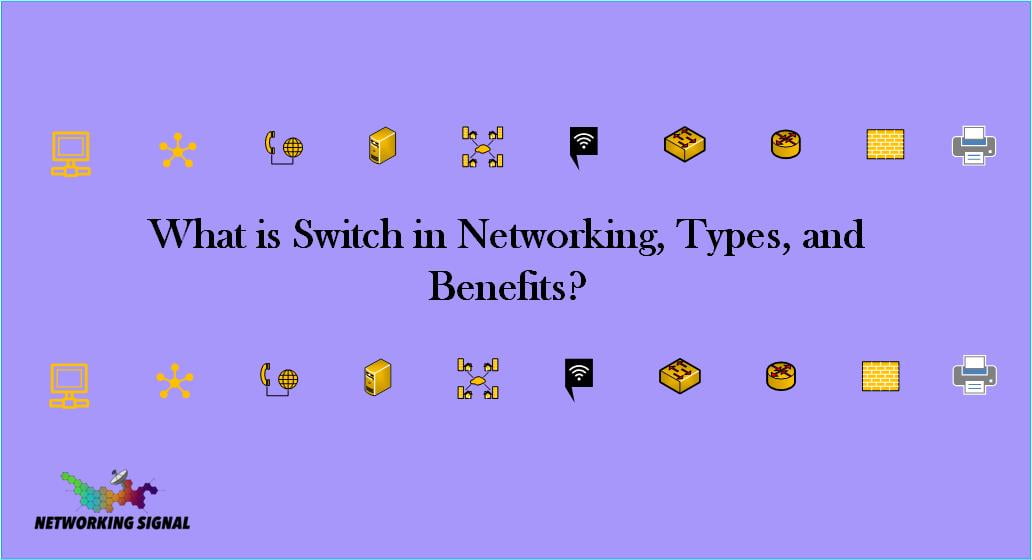VLAN vs Subnet: A Detail Guide
Understanding the differences between VLANs (Virtual Local Area Networks) and subnets is crucial for anyone working in network administration or engineering. While both are important tools for segmenting networks, they operate on different layers and serve different purposes. This post will provide an in-depth explanation of what VLANs and subnets are, their key advantages when … Read more

